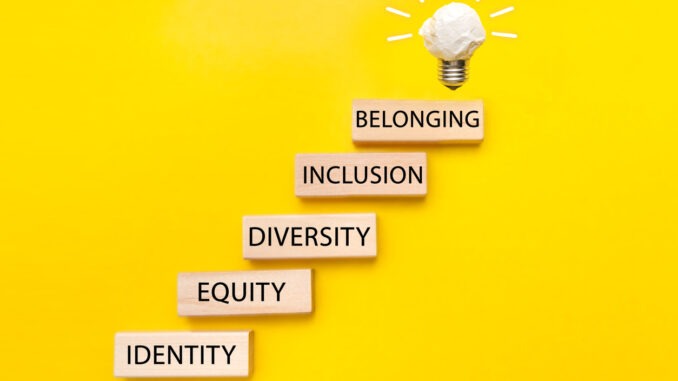
Schools are at the heart of the community; therefore, they should represent the diversity of the community by promoting equality, diversity and inclusion
The need for greater representation has moved to the forefront in recent years; this is made evident by the worldwide protests sparked by the Black Lives Matter movement after the death of George Floyd in the United States. Despite the issue of equality and diversity being highlighted on the world stage, between 2019 and 2020, four-in-five teachers reported that not enough was being done to celebrate the country’s cultural differences. Similar research conducted by race equality think tank Runnymede found there to still be a drastic under-representation of Black, Asian and minority ethnic (BAME) teachers in the UK.
Teacher Emma Day, interviewed as part of Pearson’s Diversity and inclusion in schools report, said, “We need to think about what future we are preparing our children for.” The world is a diverse place, and pupils need to be aware of the diversity around them and to think about how to ensure they are inclusive members of society. Schools should reflect on their current practice, be accountable and take appropriate action to ensure their students know the importance of equality, diversity and inclusion.
As the awareness around the importance of promoting diversity in schools grows, the actions of unions and other organisations in the education sector are reflecting this. The National Association of Head Teachers (NAHT) is committed to improving inclusion among its member schools. The union meets four times a year to discuss ways to improve diversity in education, offering its members advice, materials and training to achieve this. The NAHT website states ‘We aim to achieve sector-wide equal and fair treatment for everyone working and learning in UK schools, and equal representation and engagement within our structures and democratic processes’.
So, how can you ensure you are promoting equality, diversity and inclusion in your school?
Clear and visible change
Schools should invite free, open conversations with their BAME staff in order to better understand their experiences and directly tackle any issues which arise. These talks should include sharing advice – on mental health, for example – to help staff with any problems they face; organisations and charities such as Childline and the Black, African and Asian Therapy Network offer further guidance on this.
Schools should open discussions with parents and guardians to help progress at home. One way to do this is via the distribution of documents or specially designed resources for younger learners.
Make representation a priority
If your staff represent different facets of society, and are from a diverse background, this shoud have a positive, ‘trickle-down’, effect on every aspect of your school. Schools should make a conscious effort to employ a diverse range of teachers and champion equality.
The Runnymede survey details certain hurdles faced by staff members which may limit career progression or prevent promotion. One black Caribbean teacher interviewed said, “BME teachers are not offered the same opportunities given to other colleagues for training and promotion.”. Therefore, once appointed, it is necessary to work closely with all members of staff to ensure their needs are met, barriers continue to be removed and everyone is given equal opportunities.
Creating and celebrating an inclusive environment
Small changes can be made now to accommodate all your pupils – from creating a lunchtime menu that accommodates a wide array of dietary requirements and choices to ensuring the school is fully accessible and wheelchair friendly – not just making day-to-day school life comfortable for all pupils, schools should celebrate their differences.
A fun and simple way for a school to show its support and appreciation for diversity is through events or awards. Head of English, drama and languages at Pearson, Katy Lewis, says, “Our free national writing competition, My Twist on a Tale, empowered children and young people to put themselves at the heart of their own stories”.
Getting pupils to celebrate, and openly discuss, their differences automatically creates a culture of inclusion where differences are not seen as a negative, but embraced. To find out more about how you can promote equality, diversity and inclusion in your school read our interview with Vishalie Yadav, of the Bedfordshire Schools Trust, here.


Be the first to comment